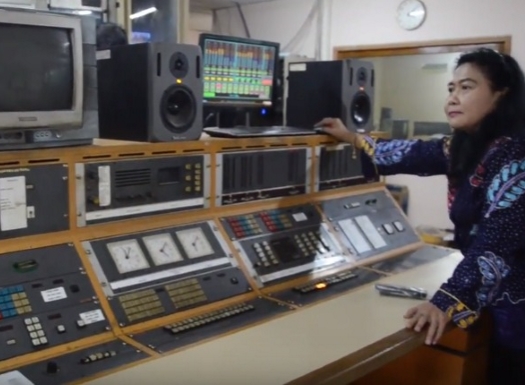Radio Republik Indonesia (RRI), the public broadcaster of Indonesia, is the biggest radio broadcaster in the world in bhasa, covering 88.8 percent of Indonesia’s population.
It was founded on September 11, 1945 – 24 days after the declaration of Indonesian independence, announced through a microphone of NHK, Jakarta, using a 2.1 KW transmitter.
Its founding fathers Abdulrahman Saleh and Suara Yusuf Dipuro declared its motto as ‘Once on the air, forever on the air’.
Broadcasting policies of RRI have witnessed three changes. First, during the independence war, RRI was used as a tool for influencing people to fight for freedom against colonialism. Second, from 1967 to 1998, RRI was utilised as a tool of development. Then, since the era of reforms and democratic transition RRI has been playing a major role in providing information services for Indonesian people and foreigners abroad through its overseas service Voice of Indonesia.
It has a national news network called PRO-3, which broadcasts through AM and FM. In some areas, including Jakarta, its broadcasts can be received through digital as well as analog mediums.
PRO-1 is its regional channel, PRO-2 is for music and entertainment and PRO-4 is the cultural channel.
Its regional stations operate in 90 small and medium cities through 530 local governments across Indonesia, producing local content.
Recently, RRI has been empowering its infrastructural broadcasts using digital transmission and it is considering Digital Radio Mondiale (DRM) as one of the digital standards to reach listeners in the country as well as abroad.
It believes that through DRM it can share news, current affairs and multicultural aspects of Pancasila – the five principles of peaceful coexistence.
The vision of RRI in the next five years is to commit itself to latest technology such as multiplatform digital radio broadcasts. It is seeking support to produce digital radio receivers in Indonesia.

